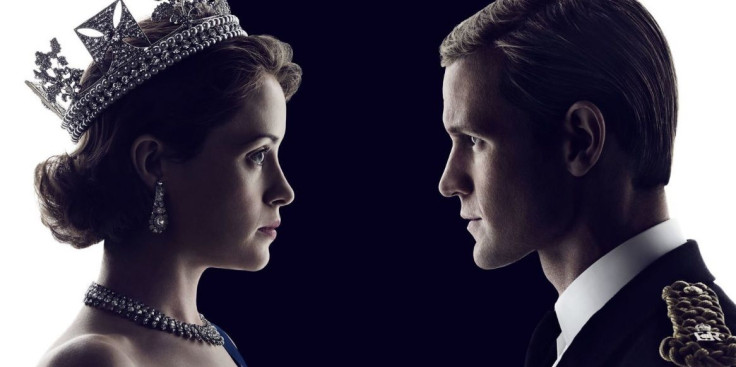‘The Crown’: Why Prince Philip Is Not A King Even Though Elizabeth II Is Queen

The early days of Queen Elizabeth II's monarchy is spotlighted in the Netflix drama, “The Crown.” It’s lead some to question how the British Royal Family works, especially when naming a queen or king.
When King George VI died Feb. 6, 1952, Elizabeth became Queen. Her husband, Prince Philip, remained a prince. This seems odd, especially since the wife of king always becomes queen.
It boils down to English common law, Royal Central explained in 2014. When a woman marries a man, she traditionally takes his last name, rank and title on legal forms. The same goes for the Royal Family.
For example, when Prince William married Kate Middleton in 2011, he was granted the Dukedom and she thusly became Duchess of Cambridge. If he had not received the title of Duke of Cambridge, Middleton would have become Princess William of Wales.
Further, when Prince Charles becomes King, Camilla, Duchess of Cornwall, will automatically become Queen.
As demonstrated with Elizabeth II and Philip, it doesn’t work the same way when a female Royal Family member gets married and her title is higher. She keeps her title and the male does not take hers.
This doesn’t mean that the husbands of Queens may never have a chance to become King, Royal Central noted. How titles are given is an ongoing discussion and could chance in the future.
“The Crown” claimed it is “inspired by true events,” but the British monarchy denied any association with the series. “’The Crown’ is a fictional drama,” the royal press office told Bustle Friday. “The Royal Household has had no involvement.”
Season 1 of “The Crown” is currently streaming on Netflix. It debuted Friday. The trailer alone has more than 3 million views on YouTube.
Follow me on Twitter @mariamzzarella
© Copyright IBTimes 2024. All rights reserved.






















